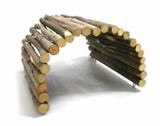- Published on
Tortoise Equipment Checklist
This guide is for the most commonly kept species such as Hermann's, Horsfields & Spur-thighed. Other species such as the South American Red Foots, Leopard tortoises and the Sulcatas should really be kept in groups and get very large and need humid, very dry or massive free range desert environments respectively in order to thrive so this guide is not for them, although the basic equipment such as the correct UVB and ceramic lamps are still required.
If you are thinking of keeping almost any species of tortoise, there are many things to consider with regard to equipment and enclosure in order to ensure that the tortoise thrives in your home. Unlike some of their original 60 year old ancestors, the captive bred tortoises are not hardy enough to live outside in UK gardens. Once they are old enough to be wormed (approx 5+ years) they can go outside for a few hours on sunnny days, I usually consider it warm enough if we can sit on the ground without it feeling cold for us, then its warm enough for a tortoise.
On a hot day, provide shade and a water dish, but unless your garden is guaranteed tortoise escape-proof (you'd be surprised how high they can climb or how quickly they can dig - especially male tortoises with 'romance' on their mind!) it's still best to have him in a run or safe area. If he's not microchipped when you buy him, I recommend getting it done as soon as he starts going outside, its easy and cheap and the microchips are tiny - like grains of rice. As our UK weather is mostly changable and not at at guaranteed to be hot enough, an suitably large indoor enclosure is essential.
Baby tortoises of any species require extra consideration as they are particularly vulnerable to heat loss as they carry minimal fat reserves being so small. Although large 'tortoise table' type enclosures are essential for most commonly-kept species long term, within he first few years when they are still small, these types of housing may lead to the getting too cold and so a vivarium would be recommended for the first 2 years instead - just make sure they are at least 3ft x 18" and the ceramic heater MUST be attached to a thermostat to regulate the heat.
However, after around 2 years old or when the tortoise has grown to about the size that fits in the palm of a hand it will be time to move into the larger enclosure. Tortoises are not very forgiving in space spaces - they bang against the glass and make a lot of noise to make it clear to you that they are now are ready to live somewhere bigger! Most people opt for a tortoise table. It is easier and less expensive to make your own - many people convert a deep-filled boookcase by laying it on the floor, adding a thick wooden base and taking the shelves out! You can even keep one shelf in and add a lid and a doorway for a handy sleeping compartment. Some owners add tiles to the bottom to prevent damage to the 'floor' but sealing the edges with aquarium silicone works ok too. There are loads of great ideas for home-made tortoise tables on Pinterest, worth checking out if you need inspiration, home designs are often the best and cheapest!
The MINIMUM size for a tortoise table would be around 4ft x 3ft, including the sleeping area, but as long as the furthest corners are kept heated to above the minimum temperature then bigger is always going to be better and you can always fit the shape to your space and add extra heat lamps if you need to.
Combined Heat/UVB lamps;
These are often recommended for tortoises, however I do not recommend them as suitable for smaller/young tortoises for a few reasons. Firstly, a small tortoise need heat at night but no light in oder to sleep.This is obviously impossible with a combined bulb. Secondly, the UVB is only given out directly under the bulb - tortoises do not bask like a bearded dragon - instead they warm themselves up then wander about and so all the time they are walking around and not directly underneath the bulb they will not be getting UVB, which is essential in order to metabolise calcium & grow their shell. Finally, these bulbs are very expensive - up to £80 a bulb and they are likely to blow before the year is out, making a minimum spend of around £160 for UVB rather than the once a year £30 cost of a normal UVB florescent tube.
100W Ceramic bulb - (HEAT)
The juvenile tortoises sold in most reptile shops will still need to be heated 24 hours as they don't have large enough fat reserves yet to retain the heat. They cannot have light at night-time as this disturbs their sleep and underfloor heat mats are dangerous for tortoises, so ceramic lamps are ideal, they cost around £20 and last for years.

Lamp holder and stand
This is what the cermaic bulb screws into and then the lamp holder is suspended over the enclosure, ideally over the centre if possible. Ensure the lamp holder is also ceramic and suitable for the 100w ceramic bulb as it will get very hot. The stand is not essential, it is easy and adjustable, but some owners simply devise other ways of suspending the lamp holder, such as by a hook from a central side 'arm' or from the ceiling. You can adjust the amount of heat entering the enclosure by choosing a wide-brimmed lamp 'shade' and also by adusting the height of the bulb from the floor of the enclosure.

Arcadia Reflector - (UVB optimisation)
This needs to be positioned about 6-8" above the height of the tortoise and the UVB tube will clip into this. Choose the correct reflector length to match that of the bulb. It works by reflecting the light down towards to the tortoise and into the enclosure, thus maximising the output of the UVB tube.

UVB lighting - (Sunlight)
There are two kinds of bulbs T8 is the thicker tube and T5 bulbs are thinner. T5 are better as they project UVB further. You can also get light units that the T5 tubes fit into with a built-in reflector (such as the Arcadia 24W ProT5 which are awesome and do not require a ballast), these can even be connected together to give out superior lighting. Either way, the best brands seem to be Arcadia and Zoomed (both made in the same factory in Germany I believe!) and these tend to last around a year, unlike some of the other cheaper but inferior (IMO) brands such as Exoterra.
If you go for a seperate T5 or T8 bulb, try and choose either ZooMed or Arcadia and get the 10% or 12% UVB option, also make sure you match the length and wattage with your reflector and starter unit, eg an 24w bulb with a 25-30w starter/ballast unit and a 24" reflector. The tube will clip into the reflector and the light needs to be on for 12-14 hours a day and be positioned no higher than 6-8" above the tortoise and attached either along the longest wall of the enclosure or, even better, across the middle above the tortoise.
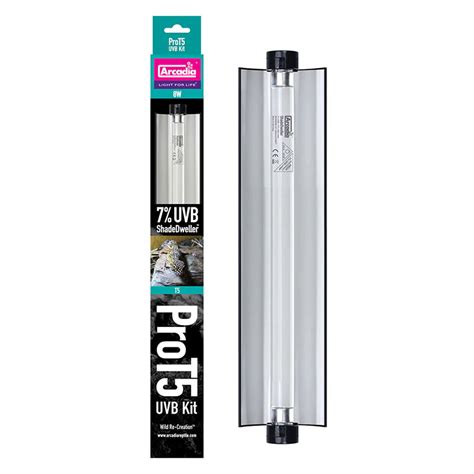

UV starter/ballast/controller
If using seperate florescent tubes (instead of an all in one kit like the Arcadia ProT5), the two ends of the starter attach to the ends of the tube to make it work. Make sure the sizde of the bulb is matched to the size of the controller.
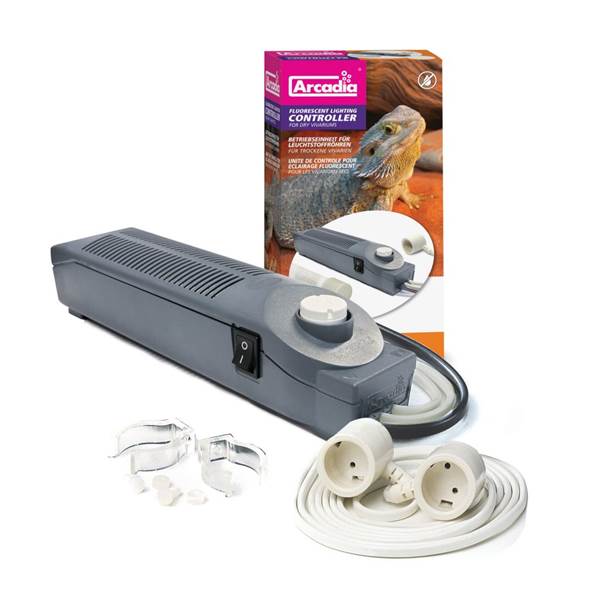
Thermometer
This is best used loose in the enclosure so you can move it around to check the coldest areas. Ideally, with the ceramic lamp positioned over the centre of the enclosure, the coldest areas wll be the corners/sleeping compartment. Adjust the position of the heat lamp so the corners are around 20-25'C. Your tortoise should be warm enough that he comes out on his own in the morning to get food without you having to pick him up (if he needs encouragement, consider heating the sleeping compartment or closing it off under he is bigger) and he should be moving around easily and eating well. If he is whizzing around and banging/climbing up the sides he could be too warm and so you should adjust the temperature accordingly!

Cuttlefish Bone - (Calcium)
This is essential for tortoises, they prefer to seek out calcium in their environment as and when they need it rather than be forced to have it as sprinkled onto their food. Break the bone in half for easy access to the softer part.
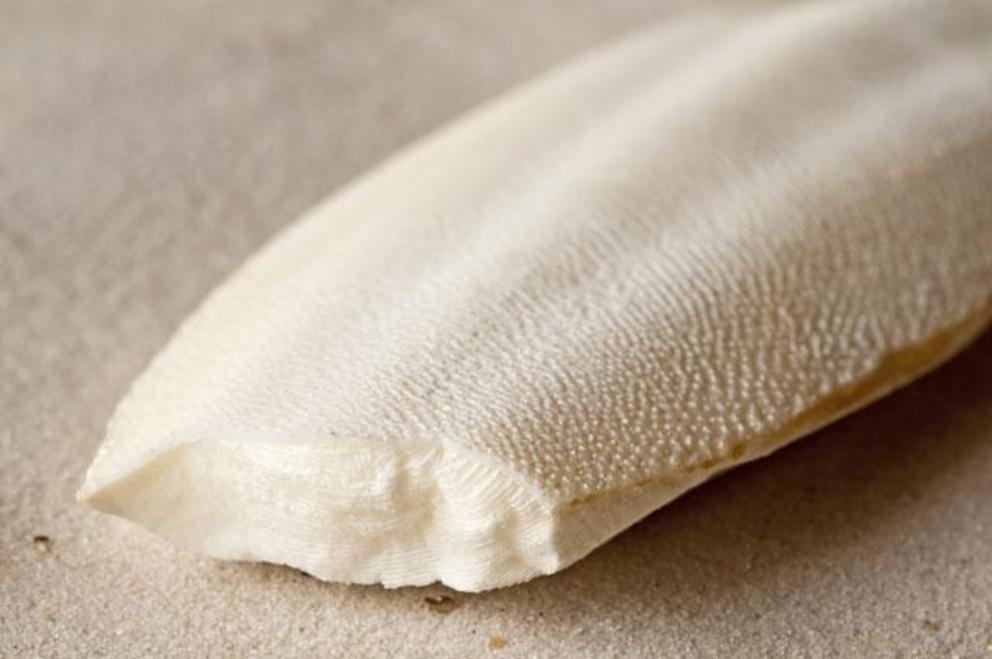
Aspen/tortoise life (bedding)
Personally I recommend aspen for baby tortoises, mainly because they like to bury into the substrate to sleep when they are little. It doesn't get dusty when dry, unlike the tortoise life, which can cause eye irritation. Aspen smells great and it is easy to clean as it clumps together when soiled and you can simply pick out any lumps. Tortoise life is not unsafe, but when it is wet it does retain moisture, which is obviously risky for some species of tortoise that come from drier environments such as the Hermann's and Spur-thighs as it can lead to potentially fatal respiratory infection. However, older tortoises are fine on tortoise life and it is more natural-looking. If you don't mind having a dustier/grubby tortoise, they can live on it just fine. Please note: beech chips, bark chips or sand is NOT recommended due to the risk of ingestion/impaction.
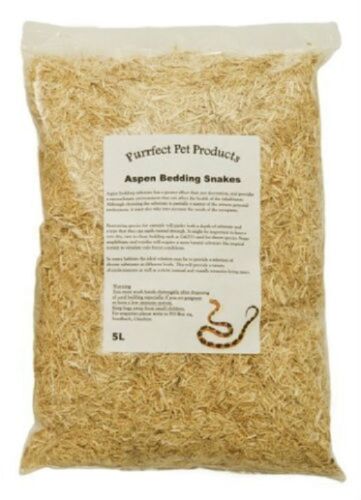
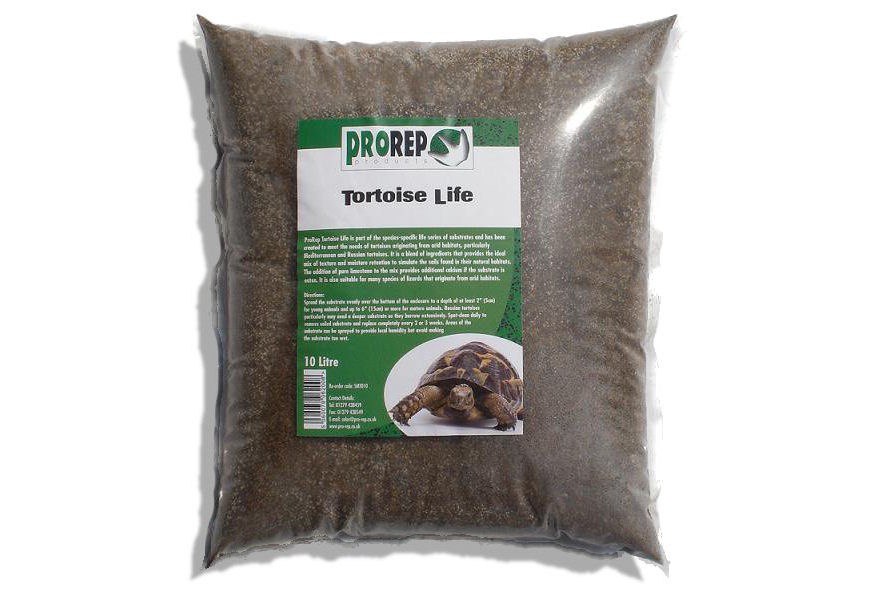
Food and water dishes
These need to be big enough for the tortoise to be able to sit in as tortoises take in water through their rear end to flush out their bowels more often than drinking! Make sure any dishes are heavy enough not to spill or tip over when the tortoise climbs in them.
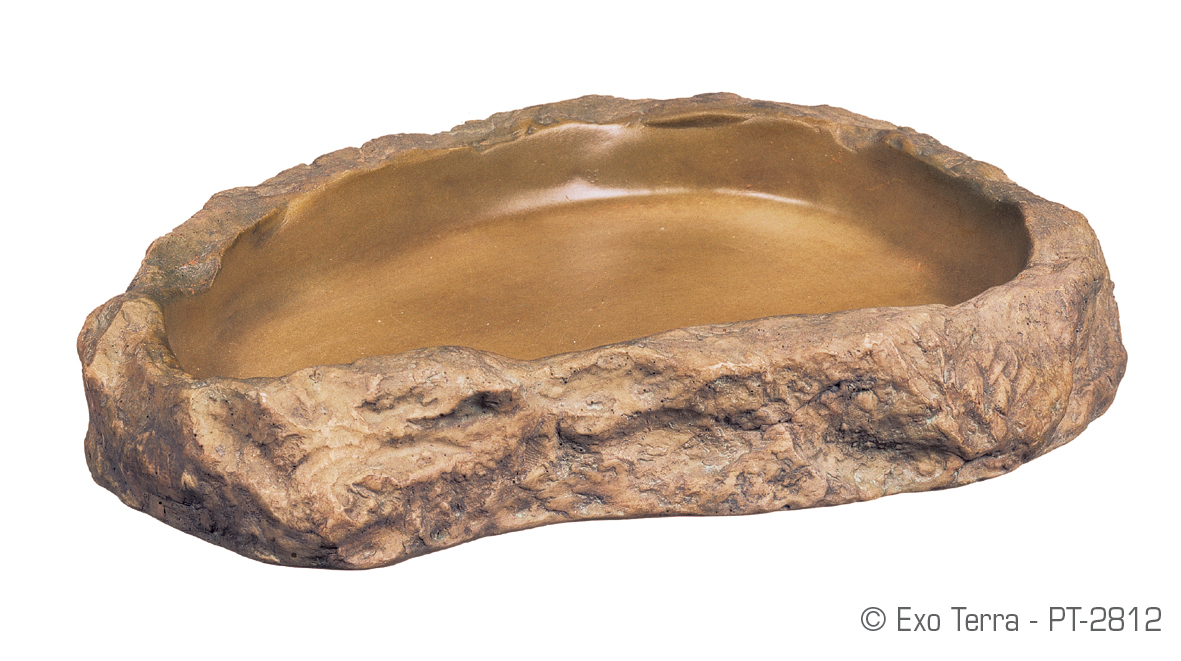
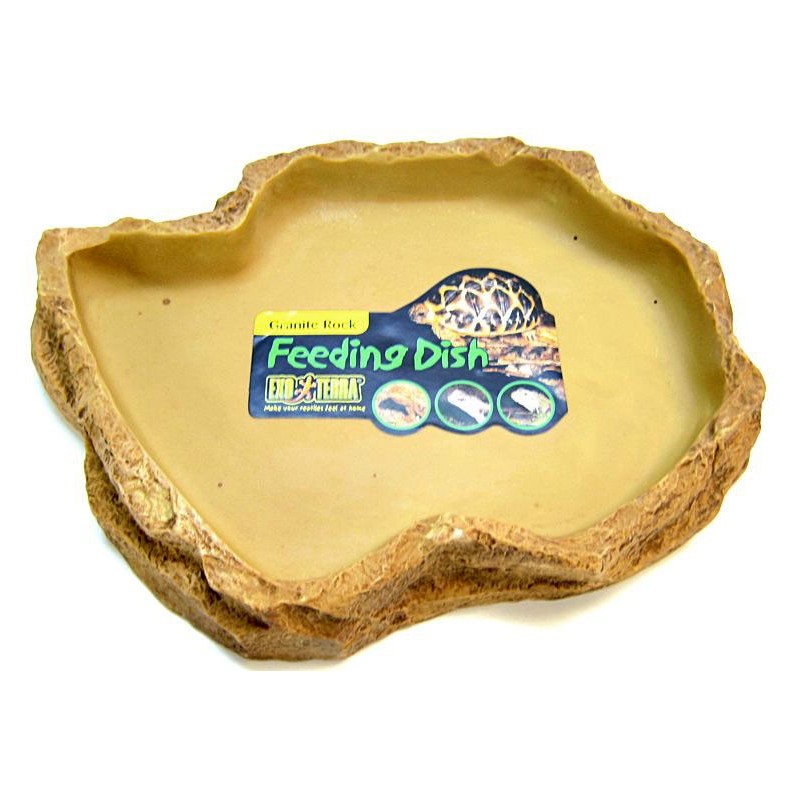
Decoration (enrichment)
Finally, provide some tunnels or big stones or maybe some branches for your tortoise to explore, hide in and generally make his enclosure look appealing and interesting, providing enrichment. Again, there are loads of great ideas of really awesome home-made tortoise enclosures on Pinterest if you're looking for inspiration! Bear in mind, tortoises will tend to eat plastic plants...

